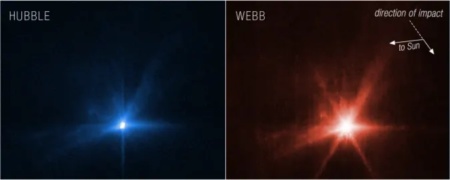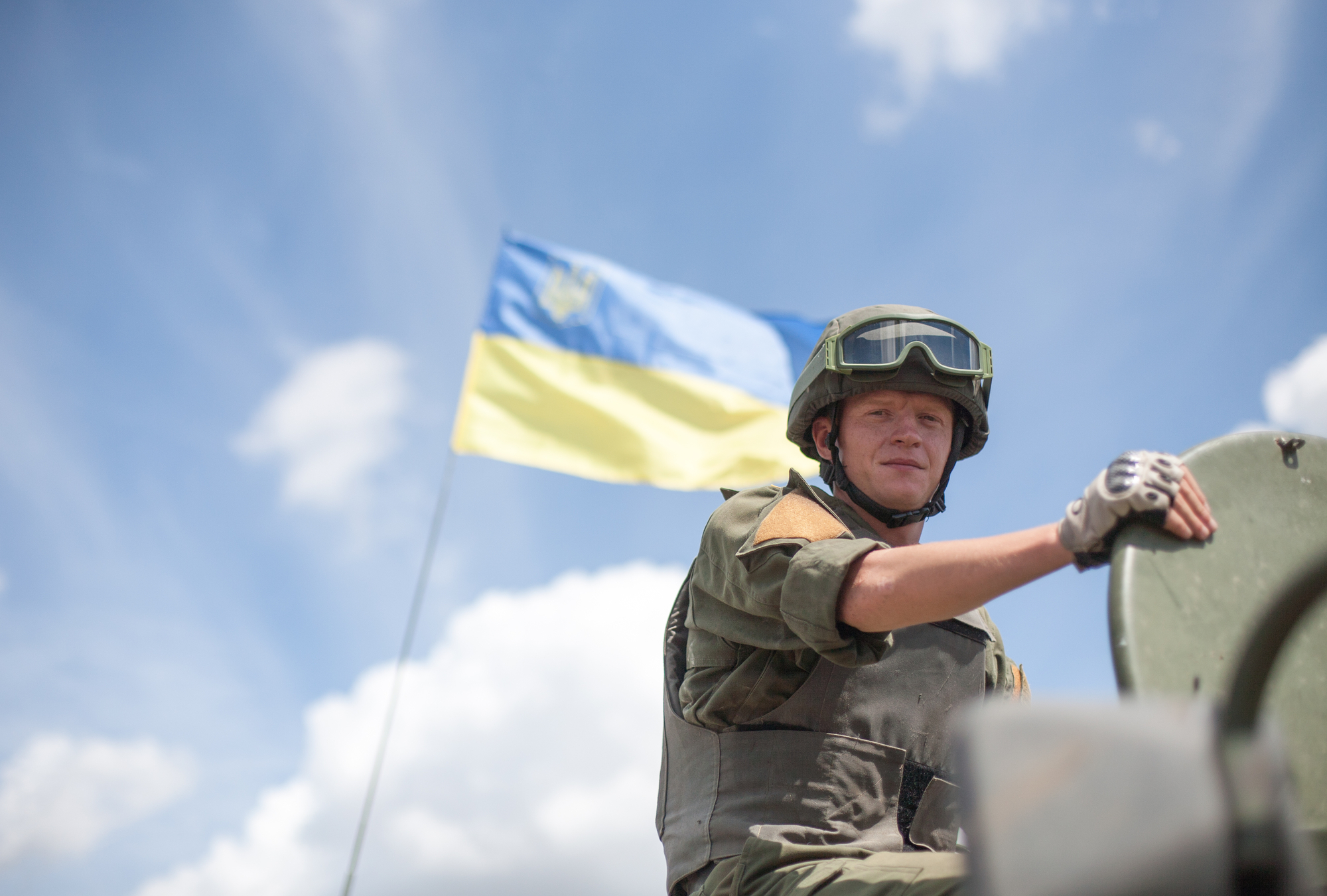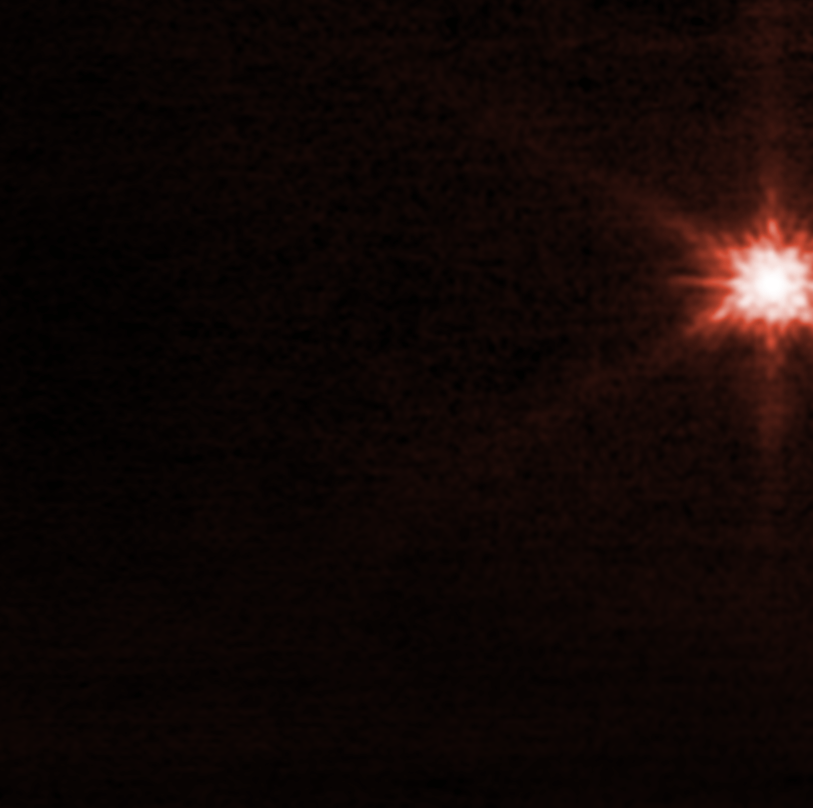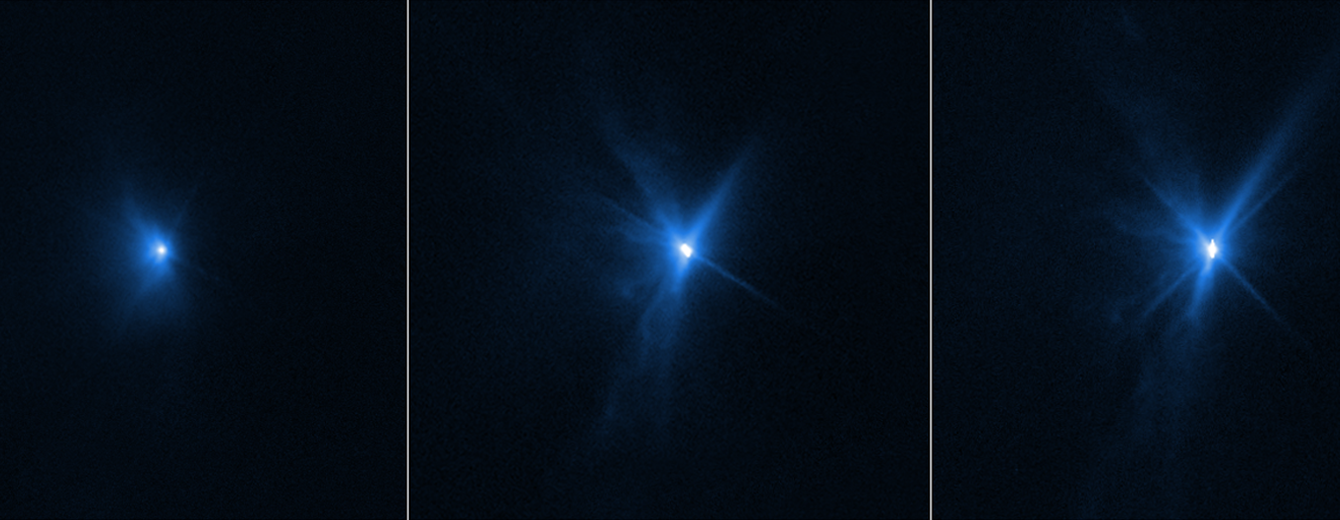
NASA made history this week when an attempt to crash a DART (Double Asteroid Redirection Test) spacecraft into the asteroid Dimorphos was successful. The agency shared close-up shots of the impact, but the first-ever test of a planetary defense system was observed from afar using the James Webb Space Telescope (JSWT) and Hubble.

This was the first time Hubble and JSWT had observed the same celestial target at the same time. NASA suggests that the data they have collected will help researchers learn more about the history and composition of the solar system. The information obtained can also be used to learn about the surface of Dimorphos, the amount of material that was ejected after the collision and the speed of its movement.
. @NASAWebb & @NASAHubble caught the DART impact on camera – the 1st time that Webb & Hubble were used to simultaneously observe the same celestial target.
Looking forward to what we’ll learn about #DARTmission from our telescopes on Earth soon. https://t.co/Y0HOAbSkI0 https://pic.twitter.com/lgDwOBd7Om
— Bill Nelson (@SenBillNelson) September 29, 2022
JWST and Hubble captured light at different wavelengths (infrared and visible, respectively). NASA says being able to observe data from multiple wavelengths will help scientists figure out whether large chunks of material left the surface of Dimorphos or if it was mostly fine dust. This information could help researchers figure out whether a spacecraft’s collision with an asteroid could change the latter’s orbit. The ultimate goal is to develop a system that can drive incoming asteroids away from Earth.
James Webb obtained images of “a dense, compact core with plumes of material that appear to be streaming streams spreading out from the center of the impact site.” The telescope captured 10 images in 5 hours and will continue to collect spectroscopic data from the asteroid system in the coming months to help researchers better understand Dimorphos’ chemistry. NASA has shared a frame-by-frame GIF made from JWST imagery.

The asteroid was moving at a speed of about 22,530 km per hour, which is 3 times the speed for which JWST was originally designed. However, Webb’s team was able to organize a hit fix.
The 32-year-old Hubble Telescope’s Wide Field Camera also captured its own images of the collision.
“Emissions from the impact look like rays emanating from the body of the asteroid,” says NASA.
The agency noted that some of the beams appear to be curved, and astronomers will study the data in detail to better understand what this could mean.

According to initial findings, the brightness of the asteroid system tripled after the impact. This brightness level remained unchanged for at least eight hours. Hubble took 45 pictures before and after the DART impact. Over the next few weeks, he will observe the asteroid system 10 more times.
The launch of the 550-kilogram probe was carried out by SpaceX’s Falcon 9 Block 5 launch vehicle on November 24, 2021. It took DART 10 months to reach its target – the 160-meter asteroid Dimorphos, which is part of the 65803 Didymos binary system. Dimorphos itself does not pose a threat to the planet, however it is a convenient target for proof of concept.
The football stadium-sized asteroid was about 10,943,539 km from Earth when the probe crashed into it on September 27 at 2:14 am Kyiv time at a speed of 6.5 km per second . Using the new real-time autonomous optical navigation system SMART Nav, the probe independently hit almost the very center of the astronomical object (according to preliminary estimates, it deviated only 17 meters from the center of the asteroid). As it approached the target, DART continuously filmed the process with the DRACO camera and corrected the trajectory based on these images.
It is assumed that as a result of the impact, a crater with a diameter of about 20 meters was formed on the asteroid, and the period of revolution of Dimorphos around the larger asteroid Didymos will change from several tens of seconds to several minutes. This is what should confirm (or disprove) further research, which will last for 6 months.
Source: Engadget, NASA





